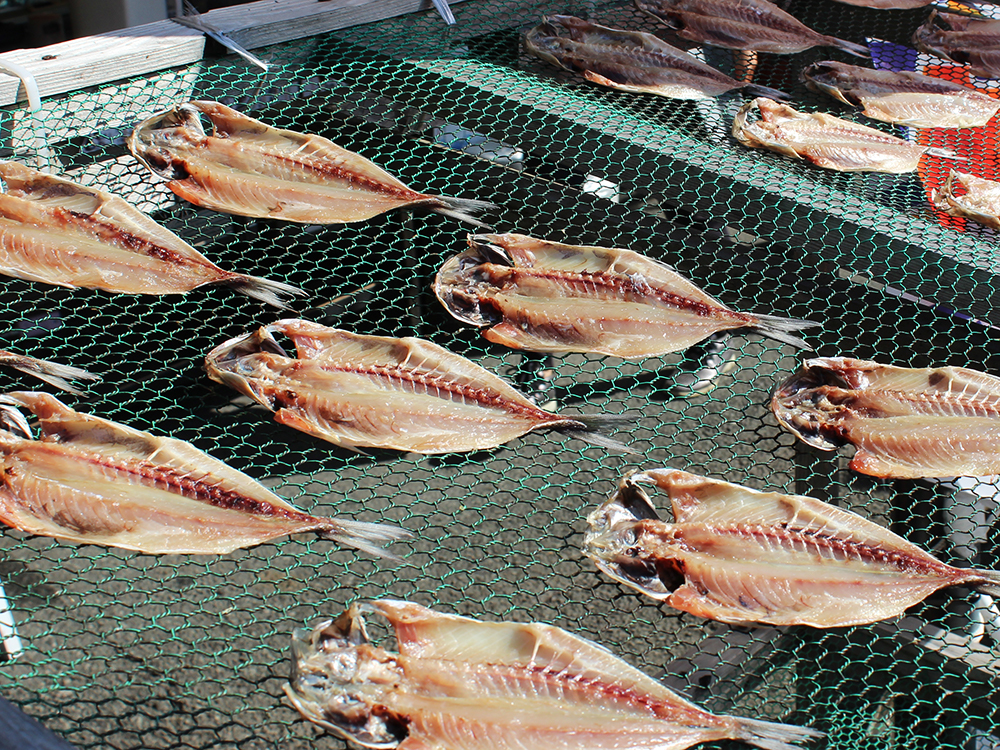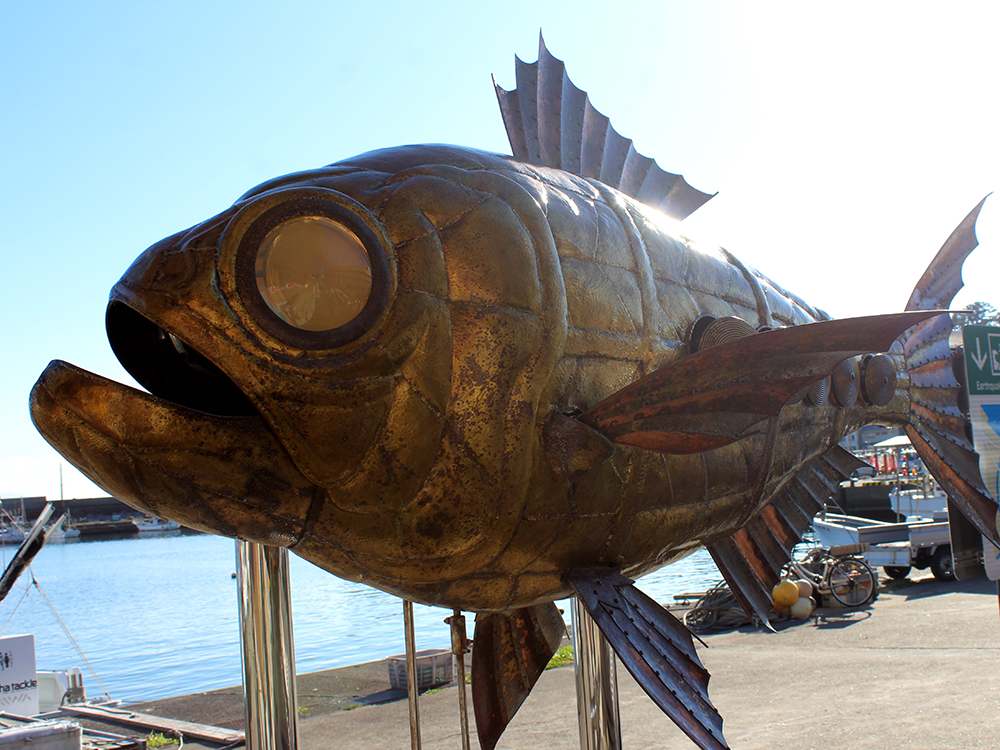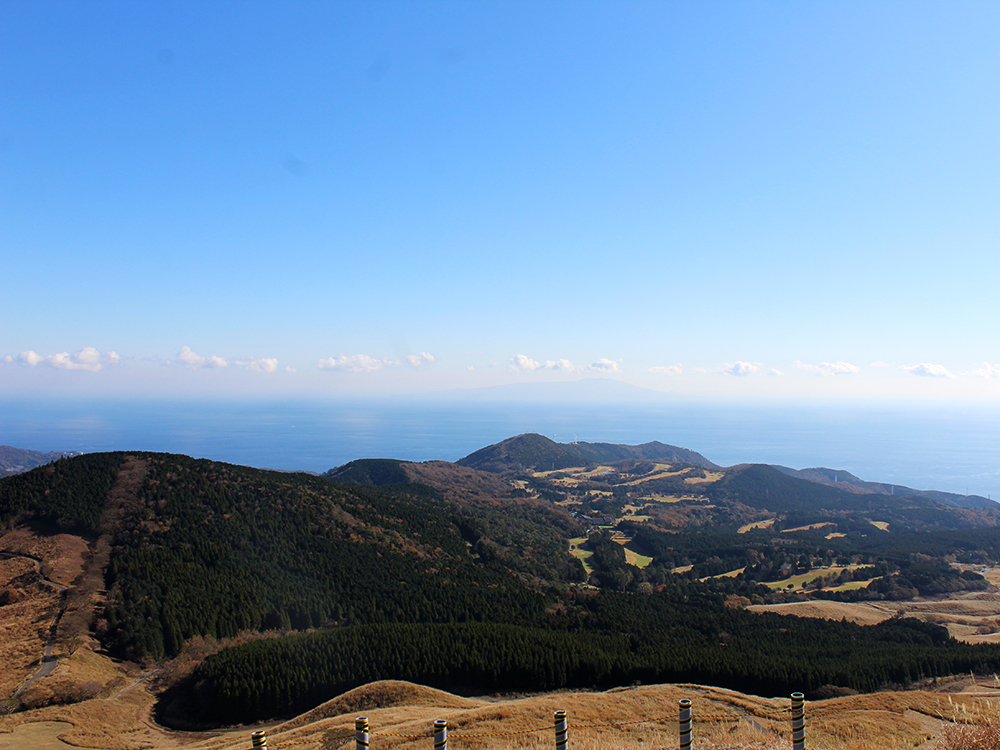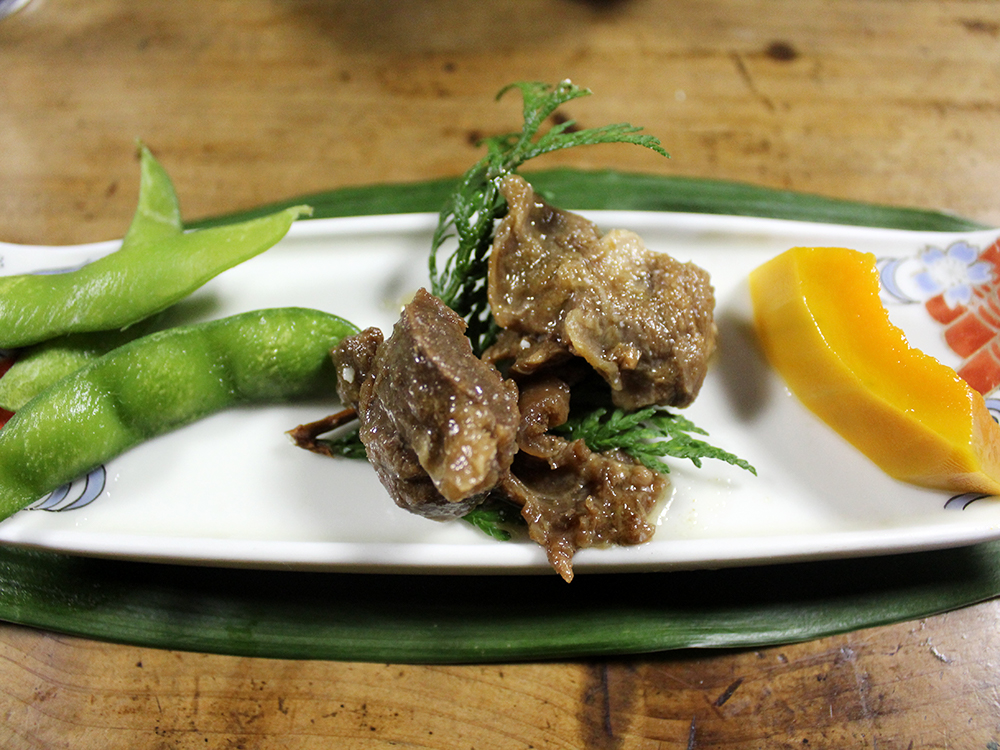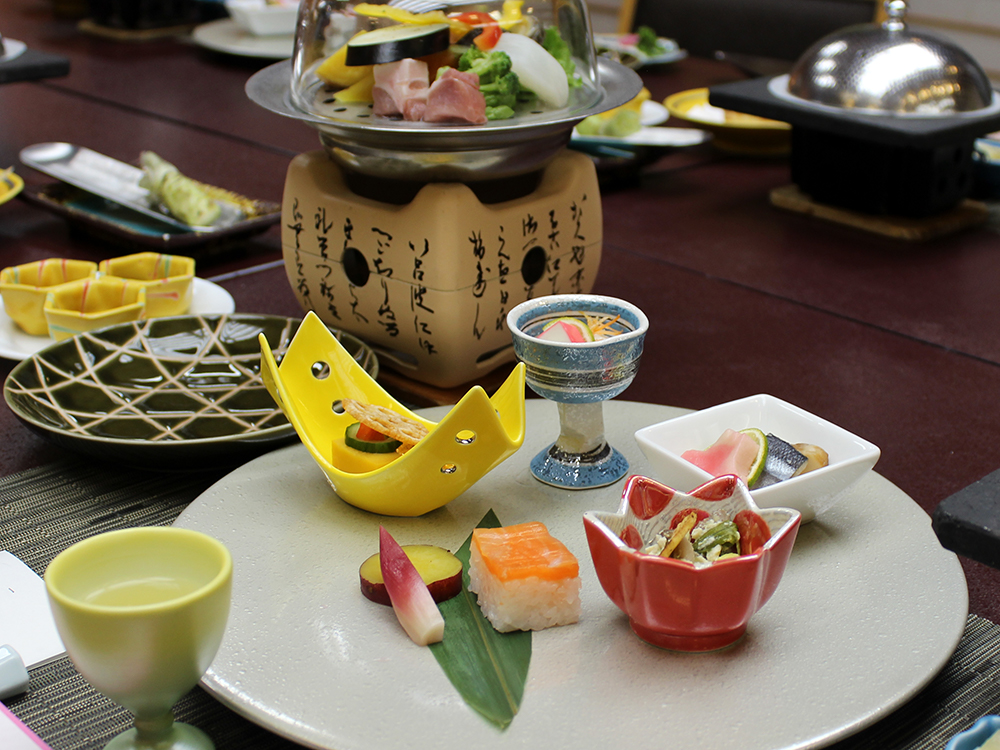In recent years the Izu Peninsula in Shizuoka Prefecture has become one of Honshu’s primary tourist magnets, thanks to its excellent dive spots, abundant ryokan, gorgeous hot springs and its close proximity to Mount Fuji. While much of the peninsula is slowly becoming more of a beaten path as a result, Higashiizu, a seaside town which cushions the eastern seaboard, still exists in relative obscurity.
Old-world traditions run deep in Higashiizu, while the dense, green wilderness enveloping the town to the west belies the fact that Tokyo is only just over an hour away. For the crowd-weary adventure this “forgotten part of the Izu peninsula” is an ideal short getaway from the fizzing capital.
(NOTE: To make the most of your 24-hours a car is ideal).
Start at the Morning Market
Arrive bright and early for the Inatori minato-no-asaichi (Inatori harbor morning market), which takes place in the very unlikely venue of a disused carpark. But don’t be put off by its initial aesthetic shortcomings. You’ll find local fishmongers selling a raft of unusual saline delicacies, many of which have been hawked in from the Pacific that morning, and farmers peddling home-grown seasonal produce. Free fish-based miso soup is available to all wandering customers, bubbling over a gas stove in the corner of the market. Fermented wasabi is also popular here, which tastes not unlike the residue from an unpolished sake, while the agar jelly noodles in ponzu sauce are a textural delight and surprisingly more-ish.
Hit the Hiking Trails
Once you’ve perused the culinary-topped trestles and pop-up stands of the market head on up to the Hosono highlands for a hike through vast bowls of golden pampas grass which look down upon Higashiizu. The drive up is pretty diverting in itself, winding past mikan and new summer orange groves, old stonemasons’ workshops and tightly packed cedar forests. The forests are also part of a bird preservation area; keep an eye out for wild raptorial birds arcing through the canopy and beady-eyed owls perched afront little log cabins.
There are several hiking trails through the highlands, which vary in difficulty depending on where you ditch the car – the longest can take several hours and will require breaking a little sweat, but is worth it for the arresting vantage points at its pinnacle. Two more contrasting pastimes are equally popular in the highlands. The first is herb foraging in spring; some of Japan’s finest wasabi grows in the hills of the Izu peninsula. For more adventurous sorts, this is also prime hand-gliding location, and on a fine day you’re likely to see several of these thrill-seekers blazing trails in the sky.
Dine on Local Delicacies
Once you’ve built up your appetite, head for the 300-year-old Yama momo restaurant for a unique rural Japanese repast of grilled venison, wild boar nabe, and local veg tempura with soba noodles and tsukemono (pickled veg). Some fresh local tea brews over a smoldering brazier in the middle of the creaking-wood dining room, adding some natural warmth to the frosty environs in winter.
Now make your way to the warehouse of ‘Tatami Doctor’, Tokiwa-san, who crafts tatami mats for the local ryokan in Higashiizu (appointment must be made in advance; local guide Rob Hashiba offers booking and translation services). Tokiwa-san’s workshop exudes the aura of man who lives and breathes his 1,300-year-old craft: spools of multi-colored thread are stacked high upon shelves, bales of igusa plants lean against walls like botanical towers of Pisa, utensils are wedged precariously into fabrics and tatami coverings envelop everything from chairs to tables to stacks of floorboards. During a visit to the warehouse, he will school you on the history of tatami, instruct you on how to make your own miniature, take-home mat and give you a live demonstration of tatami ‘doctoring’ in action.
Where to Stay
For room and board, consider the Atagawa Prince Hotel, a ryokan which overlooks the Izu peninsula’s Pacific coastline. The grand lobby may appear a little self-indulgent, but the bedrooms are in the classic ryokan style, with more comfy, modular interiors and stunning sea views.
The Atagawa Prince Hotel’s multi-coursed kaiseki dinner is particularly indulgent, featuring such culinary splendors as matcha-salted ameboko (fishcake), lobster tempura, local wasabi root, and seasonal veg steamed with onsen water (though exactly what’s on offer will depend on the season). Be sure to wash it down with some of Shizuoka’s very own nihonshu.
There’s simply no better way to bring your evening to a close than a hot soak with a marginally distended stomach. So I’d recommend following dinner with a quick sojourn into one of the ryokan’s onsen – replete with sea-facing rock pools – before you call it a night.

